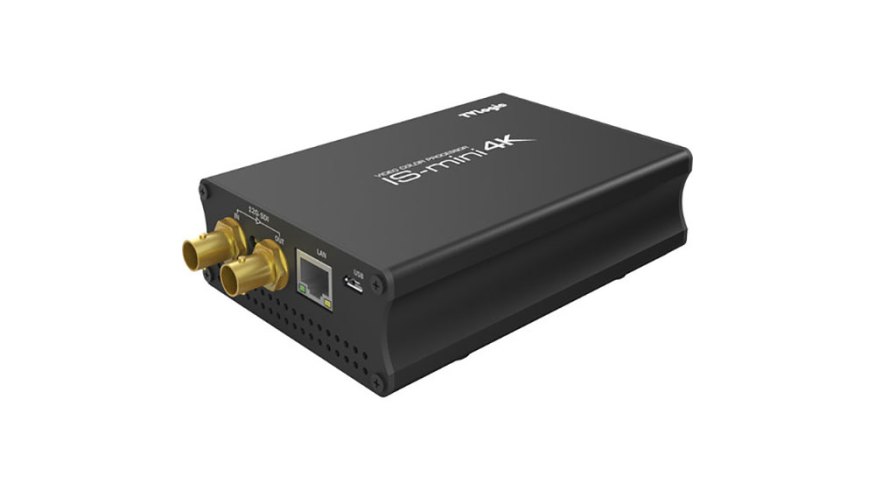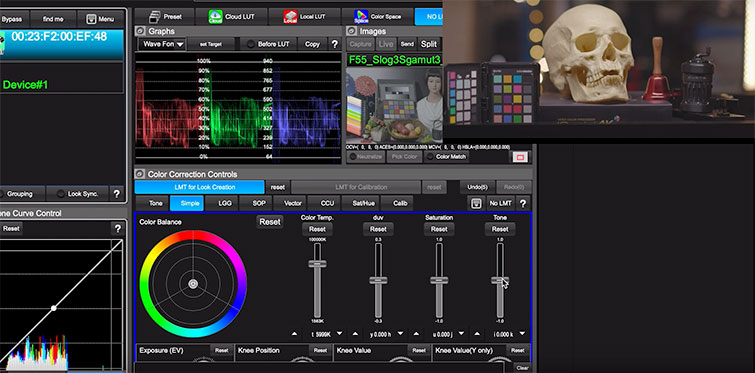
Learning Curve: The Mysteries Behind the LUT Box Unveiled
In this installment of Learning Curve, we take a look at the software and hardware combination known as a LUT box.
The LUT box’s primary function is to sit between a camera and a monitor and apply a color look-up table (or LUT) to the image so that the filmmaker or client can get a better idea of how the final image will look.
There are two main types of LUTs used with the device. Let’s take a quick look at both.
The Contrasty Image
The first is a Rec. 709 LUT that takes the flat, log image coming from the camera and makes it look like a normal, contrasty image. Most modern cameras have addressed this need — they let you apply a Rec. 709 LUT internally. However, it’s still helpful to be able to switch between log and Rec. 709, if you don’t have ready access to the camera.
The Creative Look
The second (and more popular) kind of LUT is a creative look — like film emulation or day-for-night — that you can apply to the video signal and use to determine if the current lighting and lens choice is going to deliver your vision.
Some high-end monitors and cameras allow you to load creative LUTs into their systems with SD cards, but it’s laborious to go back and forth from your grading software to the camera, tweaking some small detail of color or exposure each time.
This is where a LUT box comes in. I used the IS-mini 4K from TVLogic. It connects via USB or ethernet to the computer, and via HDMI or SDI to the camera and monitor, and it lets you use the accompanying software, WonderLookPro, to load and modify LUTs in real time.
I initially found the software to be the hardest part of the process. It feels as though it’s written for higher-end users with more complex and involved workflows. After some trial and error, I found it was easiest to limit myself to loading in LUTs I’d previously created in Resolve then modifying them with the “simple” table to better fit the individual type of log image from the camera.
After a couple of hours, I was pretty adept at tuning looks to the individual demands of the shot, then saving those looks to use in subsequent set-ups or in post.
Cover image via B&H.
Interested in the tracks we used to make this video?
- “Living My Best Life” By Cosmo
- “Midnight City Lights” By Make Music
- “Night Fire” By Oliver Lyu
- “Our Dreams” By Audio Tape
Looking for more on working with LUTs? Check out these articles.
- 29 Free LUTs for Video
- Post-Production Tip: Working with a LUT at the Beginning of a Node Tree
- Get Better Results Using LUTs with Lumetri Color in Premiere Pro
- Exclusive Interview: The Creators of Some of The Most Popular LUT Packs Ever
- Everything You Need to Know About the LUT Browser in DaVinci Resolve 15






